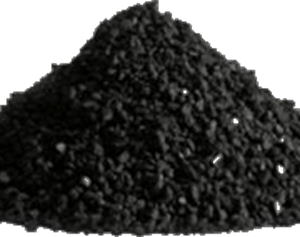Description
Isopropyl Alcohol 99%
Isopropyl alcohol (also isopropanol, rubbing alcohol, or the abbreviation IPA) is a common name for propan-2-ol, a colorless, flammable chemical compound with a strong odor. It has the chemical formula C3H8O and is the simplest example of a secondary alcohol, where the alcohol carbon is attached to two other carbons. It is an isomer of propanol.
Uses
Sterilizing pads typically contain a 60-70% solution of isopropanol in water. Isopropyl alcohol is also commonly used as a cleaner and solvent in industry. It is also used as a gasoline additive for dissolving water or ice in fuel lines. Although Isopropanol is sometimes sold as “Isopropyl Rubbing Alcohol, 70%” and “Isopropyl Rubbing Alcohol, 99%” (harder to find but generally more useful for experimenters & cleaning uses), there is no isopropyl alcohol in the United States Pharmacopeia formula for Rubbing alcohol, U.S.P.. It is used as a disinfectant, and is a common solvent.
Isopropanol is a major ingredient in “dry-gas” fuel additive. In significant quantities, water is a problem in fuel tanks as it separates from the gasoline and can freeze in the supply lines at cold temperatures. The isopropanol does not remove the water from the gasoline. Rather, the isopropanol solubilizes the water in the gasoline. Once soluble, the water does not pose the same risk as insoluble water as it will no longer accumulate in the supply lines and freeze.
It is also a very good cleaning agent and often used for cleaning electronic devices such as contact pins (like those on ROM cartridges), magnetic tape deck and floppy disk drive heads, the lenses of lasers in optical disc drives (e.g. CD, DVD) and removing thermal paste from CPUs. It is also used to clean LCD and glass computer monitor screens (at some risk to the anti-reflection coating of the screen), and used by many music shops to give second-hand or worn records newer looking sheens. It cleans dry-erase boards very well and other unwanted ink related marks.
Safety
Isopropyl alcohol vapor is heavier than air and is highly flammable with a very wide combustible range. It should be kept away from heat and open flame. When mixed with air or other oxidizers it can explode through deflagration.






